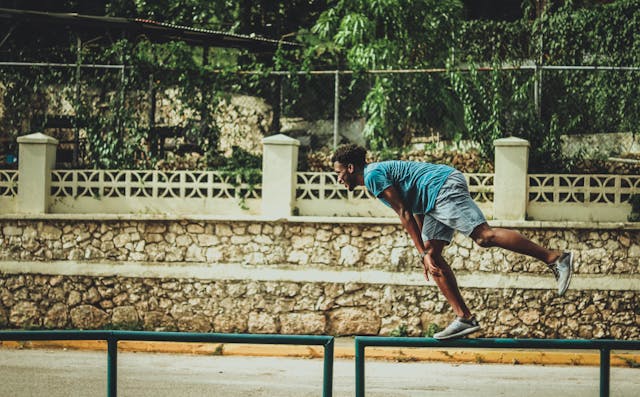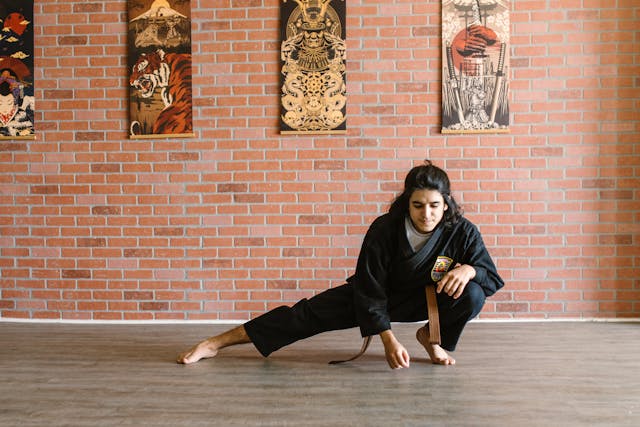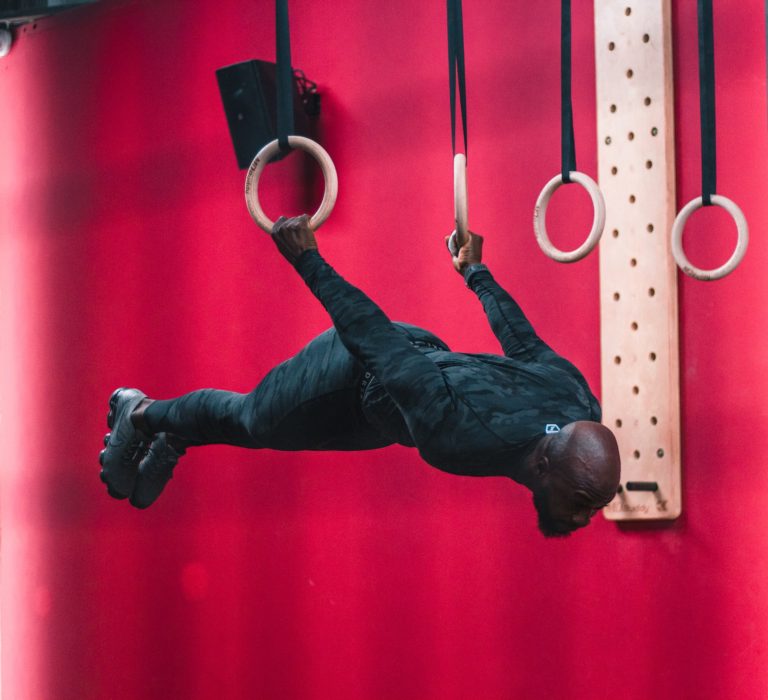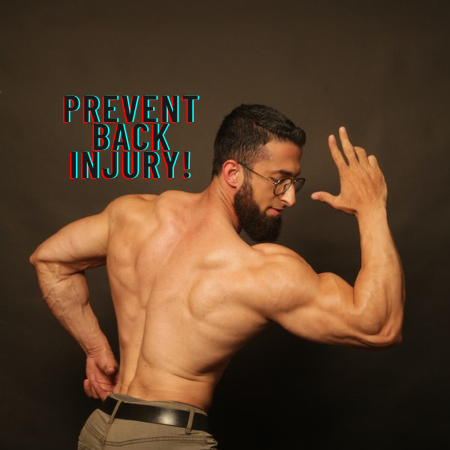Become Agile With Proprioception Training
Proprioception is the ability of the body to sense its body’s positioning and movement through space (spatial awareness) without visual input. The body creates and records the position it will currently be in. Sensory awareness helps maintain balance, coordinate movements, and interact with the environment effectively. So the person is aware of it.

Why Is This Important?
Generally, the 2 main relying senses are seeing and hearing. While the other senses like feeling, smelling, and tasting provide other sorts of experiences. People tend to often depend on sight and hearing for many circumstances. It easily senses objects in proximity and the person is aware of its surroundings so it is heavily relied on.
Proprioception comes with many benefits. In conjunction with the vestibular system (inner ear balance), it helps with vision and touch receptors, and proprioception helps prevent injuries by improving coordination and helps avoid potentially harmful movements. Even if a person is stationary or in motion, this acts as a monitor so the individual can maintain their balance in activities. For instance, standing on an unstable surface would be training proprioception since the body is trying to hold in place (balance).

The sensation of how the body is positioned would be enough to tell the person how it is currently placed without sight.
People are frequently exposed or eventually have to be in different positions or a new environment. Many are often sitting, lying down, walking, or other motions. However, when exposing oneself to new movement patterns the brain learns these new variations.
If you want to be a bit more mindful, check out this post Beyond Meditation: Practical Alternatives For Mindful Living!
The Brain and Proprioception
The brain is involved with just about anything a person does daily. It is very much like a central network system but instead, it is called a central nervous system. There is communication between the body and the brain which works like a feedback loop. Different receptors throughout the body allow communication with the nervous system. The proprioceptors that are involved with this process:
- Muscle spindles
- Golgi tendon organs
- Joint receptors
- Mechanoreceptors
Overall, this is called sensorimotor integration and it is based on stimuli. Stimuli triggers a response influencing behavior and motor control. It begins with sensory taken from different senses (seeing, hearing, or feeling, etc.) Because of all these collections and observations that were made. Through this integration, proprioception applies to the body for better motor learning, coordination, and sensory processing.
Ultimately, when practicing, information of the body model updates when being placed in certain positions or feeling different parts of the environment (walls, ground, or hanging from some object like ledges or tree branches).

Training Proprioception
There are a plethora of ways to train to enhance proprioception. All of which has to do with working particularly on balance or touching different surfaces. Really just about any movement of exercise is considerably training proprioception.
To further make progress one does have to challenge themselves. Unilateral exercise requires control and stability which would stimulate the body. For example, doing either a one-arm push-up or one-arm chin-up demands a strong core as well as the body. While going in motion a large percentage of the arm is doing most of the work and the body is continuously maintaining proper alignment and balance.
Use the Environment
Another way to better condition proprioception is training with different surfaces. Everywhere does not have flat surfaces. Terrain could be different like steep hills or the ground feels of a different texture. This does not only apply to ground but also walls, cliffs, and horizontal objects (tree branches). They all come in different shapes, sizes, and textures. When using the environment the body is learning through different surfaces.
There would be a difference between a standard pull bar to a tree branch since many branches come in different sizes. So the person’s grip has to be adjusted based on size.
Train Without Vision
A method that could be most effective is vision deprivation. A person can train by closing their eyes or blindfolding themselves. When blocking off one of the senses the other ones begin to heighten to compensate the one that is blocked. This forces someone to completely focus on hearing and where their limbs are located.

Yoga
Yoga encourages body awareness there is a constant need to monitor the body. Yoga generally promotes cognitive health, calmness, and attention. There is an element of body scanning in yoga. This also includes meditation where breathing and paying attention to the breath. An important factor is having control and reduced stress. Let alone a practice like this can heighten an individual’s senses and body awareness. With that, this exercises proprioception.
Closing
Proprioception is not often spoken of but it is constantly active. This has many benefits to it as it can prevent injuries, maintain balance and posture, motor control, and learning. The training of this can come a long way since the body is always learning. Training in different environments, balancing, doing periodic body scans, or training with eyes closed can make a significant impact to conditioning proprioception.
If you found this post helpful, please consider sharing and subscribing!
Sources
- Proprioception: a new look at an old concept
- The effectiveness of proprioceptive training for improving motor function: a systematic review
- The Effectiveness of Proprioceptive Training for Improving Motor Performance and Motor Dysfunction: A Systematic Review
- Proprioceptive Training Improves Postural Stability and Reduces Pain in Cervicogenic Headache Patients: A Randomized Clinical Trial






